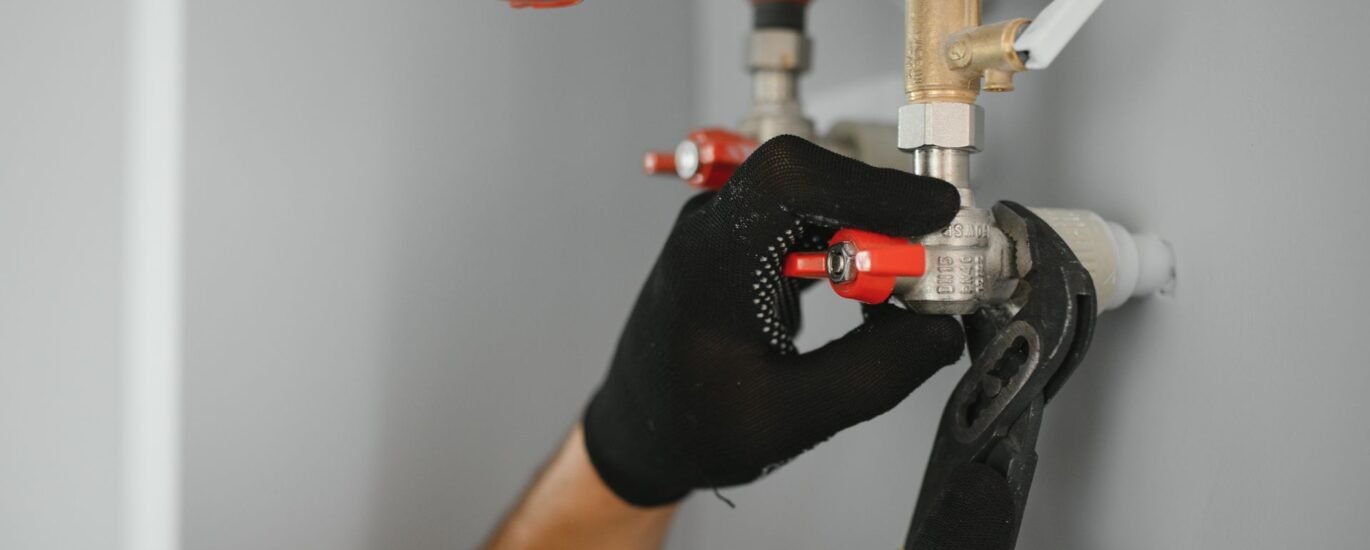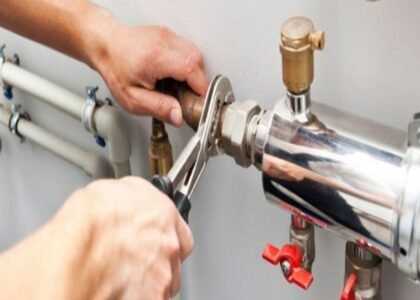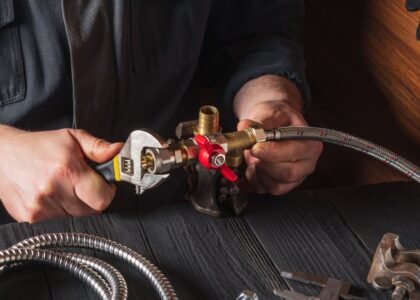Introduction
When a gas line issue arises, most homeowners just want it fixed—and fast. But a safe, lasting repair involves expertise, planning, and precision. In this post, we’ll take you through the typical repair process, the technology used, and how professionals ensure safety. We’ll also link to our other posts so everything ties together nicely.
Why Gas Line Repairs Require Expertise
- Gas systems operate under pressure and involve flammable gas — mistakes have serious consequences.
- Many inside or underground line elements are concealed or inaccessible.
- Repairs must uphold local building and safety codes.
- Effective repairs often involve coordinating with gas utilities or permits.
- A poor repair can lead to new leaks, worse damage, or code violations.
Because of this complexity, DIY gas line repair attempts are high-risk.
The Step-by-Step Gas Line Repair Process
Here’s a typical flow for a repair job:
1. Initial Assessment & Diagnosis
- Professional gathers your description of issues (odd smells, sounds, appliance misbehavior).
- Technicians visually inspect exposed pipes, joints, and fittings.
- Use diagnostic tools (gas detectors, pressure gauges, bubble test) to pinpoint leak locations.
- Evaluate whether repair or full replacement is needed.
2. Planning the Repair
- Determine best route to access the damaged segment.
- Order necessary materials (pipe, connectors, regulators, sealants).
- Coordinate with utility providers if main shutoff is needed.
- Map out isolations so minimal disruption occurs.
3. Shut Down & Safety Measures
- Turn off gas supply to the affected section or entire home if needed.
- Ventilate the area and purge residual gas.
- Use safety gear (masks, gas monitors, protective wear).
- Block off work zone to prevent ignition sources.
4. Repair or Replacement Work
- Remove or cut out damaged pipe segments.
- Install new piping, couplings, regulators, supports, and corrosion protection.
- Use materials suited for gas (black iron, CSST, or approved flexible tubing).
- Solder, weld, or use mechanical connectors as per spec.
5. Pressure Testing & Leak Check
- Pressurize the repaired section with inert gas (nitrogen or air) to test integrity.
- Use electronic gas detectors or soapy water to confirm no leaks.
- Monitor pressure over time to ensure it holds steady.
- Adjust any fittings or tighten connections as needed.
6. Restore Service & Final Checks
- Gradually reintroduce gas to the repaired segment.
- Relight pilot lights or burners under supervision.
- Monitor pressure stability and combustion performance.
- Inspect nearby appliances, valves, and regulators to ensure all are safe.
7. Walkthrough & Documentation
- Explain what was repaired or replaced.
- Show you any areas of concern or future vulnerability.
- Provide maintenance recommendations and next inspection schedule.
Tools & Technology in Gas Line Repairs
Modern gas line professionals use a variety of advanced tools:
- Electronic gas detectors / sniffers — for sensitive detection of leaks.
- Pressure gauges / manometers — precise measurement under test conditions. drrooterlexington.com+1
- Pipe locators / line tracing tools — find buried or hidden lines. benjaminfranklinplumbing.com+1
- Infrared / thermal cameras — sometimes used to spot subtle temperature differences.
- Bubble test mixtures (soap + water) — simple but effective for joints.
- Cutting / welding / mechanical joining tools — to execute repairs to spec.
- Corrosion-resistant coatings or wraps — to protect new piping in vulnerable areas.
Using the right equipment ensures precision and safety.
Types of Gas Line Repairs
Depending on what’s wrong, different repair strategies may apply:
| Issue | Common Repair Strategy |
|---|---|
| Small crack or pinhole leak | Sectional repair using coupling or clamp. |
| Corroded pipe segment | Replace the entire span of damaged pipe. |
| Faulty fitting or joint | Refit or tighten, possibly replace the fitting. |
| Leaking regulator or valve | Replace the regulator or internal components. |
| Underground line leak | Excavate and patch or re-route line. |
| Repeated leaks in one zone | Full re-piping or upgrade to better materials. |
Often multiple repairs combine in one job.
Why Some Repairs Become Replacements
Sometimes repair is not enough:
- The pipe material is too old or degraded.
- Multiple leaks are recurring in the same region.
- The damage is in a location that cannot be reliably sealed.
- Upgrades are needed (for safety, capacity, or code compliance).
In those cases, a full replacement is safer and more cost-effective long-term.
Safety & Quality Checks
Any good gas line repair must pass rigorous checks:
- All joints sealed and tested.
- Pressure must hold without drop over a set time.
- Appliances must burn cleanly (correct flame color).
- No lingering gas detections post repair.
- Report submitted for client records.
- Recommendations for ongoing inspection or preventive maintenance.
These checks are essential for lasting, safe performance.
Relationship to Maintenance & Prevention
Repair is only part of the story — regular maintenance helps avoid many of these issues in the first place. For more on that, see Blog Post 3: Gas Line Maintenance: Keeping Your System Safe & Efficient.
Also, if you’re experiencing repeated problems, it may indicate deeper systemic issues that only a full maintenance review can reveal.
Why Hire a Trusted Gas Line Service Provider
- They bring the diagnostic tools and experience to get the job right.
- They work to minimize disruption and restore safe service quickly.
- A professional provider will thoroughly test and verify repairs.
- They can advise on material upgrades, prevention strategies, or code changes.
- In our area, it’s prudent to work with someone familiar with Studio City conditions and local gas line norms.
If you’re ready to have your gas line issue evaluated or repaired, reach out to us via Contact Us: Contact Us. We’ll coordinate a fast, professional response.
You can also learn more about our overall service approach on our gas line service page: Expert Gas Line Service for Your Studio City Home.



